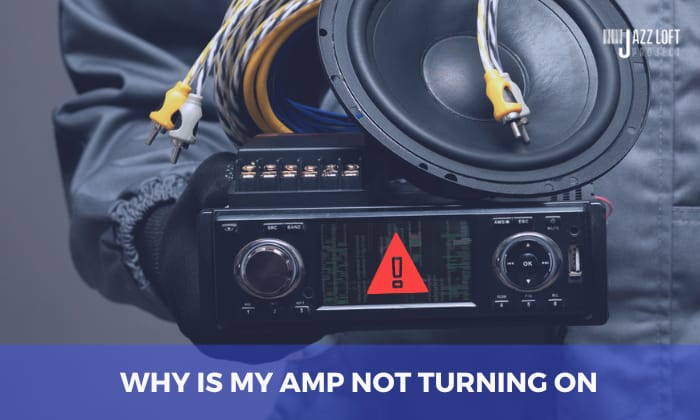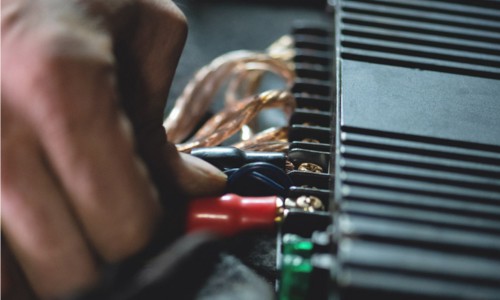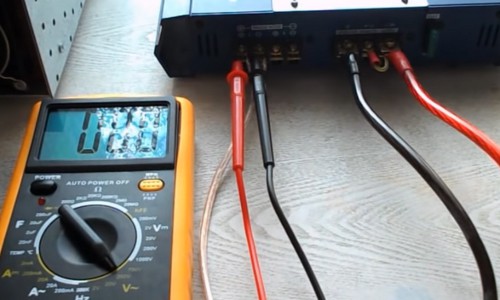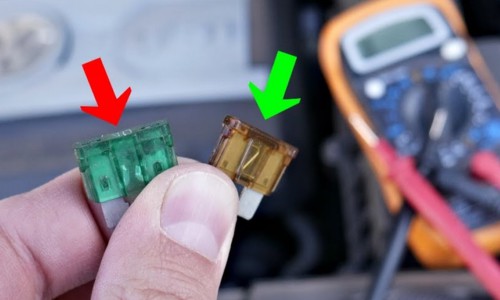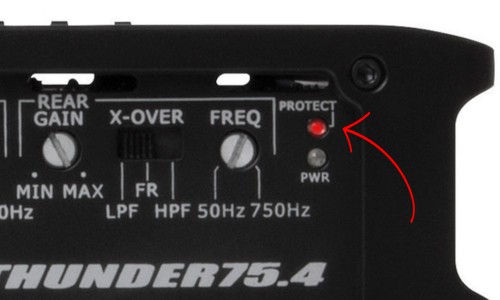It could be frustrating when you are ready to jam and record your piece, but suddenly, the guitar amp is not working.
There are various reasons why this occurs. The problem might stem from a blown fuse, protection mode, faulty wiring connection, a power outage, or other various potential causes.
In this article, I will share with you my journey of troubleshooting the problems to help you answer the question “why is my amp not turning on?”
You’ll discover different solutions to get your amp working again, like restarting your equipment or testing each speaker for functionality.
Table of Contents
Common Amp Problems That Can Prevent It From Turning on
An amplifier is a must-have, especially when you are into music as an artist or composer, or simply because you love playing instruments. It helps you boost the sound waves from your instruments, allowing your speakers to generate a higher audio volume.
However, discovering that your amp won’t turn on is incredibly disappointing. So, to ensure you have a flawless music jam, let us explore the common issues that could cause an amp to not power on.
1. Problem With The Remote Wire or Ground Wire
People commonly connect amplifiers to stereos, and you will usually find a thin cable, often colored blue with white, at the back of both devices. It acts as a turn-on or a remote wire that signals the amplifier to start working.
It could be one of the possible reasons why your amplifier does not turn on. Sometimes, the wiring might not connect to its rightful socket.
To fix this, ensure the amp remote wire goes to the radio’s remote wire (often labeled REM) and secure them with a butt connector.
If the amp has no power, check the ground connection. Make sure the wire is not rusty and is firmly plugged in. Also, look for any burns or faults on the wiring itself.
2. Energy Source
If you have already checked your wiring and it seems to be in good condition, it is time to inspect if your amplifier is not getting enough voltage.
To do this, you can use a digital multimeter to verify the voltage of the power wire.
Similar to the first issue, look for signs of burns, faults, or loose connections. If any of these issues are visible, it is best to replace the cable connection for safety and to prevent further damage to your amplifier.
Finally, if the amp has no power, ensure the switch is in the “ON” position before checking the power wire. Touch the multimeter leads to the cable and see if it has 12 to 14V. If the reading is different, you know the energy source is the problem.
Extra Tip: If there is no sound from speakers or no sound from subs, the speakers or the subs are likely problematic, or the wiring (RCA cables) needs fixing. This is especially the case if you’ve confirmed your amp is functional.
3. Blown Fuse
Other than the previous issues, ensure your fuse has not blown, as this can stop your amp from working.
If the fuse has gone bad, the best course of action is to replace it to ensure ongoing protection against power surges.
4. Protection Mode
Moving on, if your amp is not turning on but light is on, it might be in protection mode.
The amplifier triggers this mode when it detects an issue like loose or faulty wiring, blown fuses, overloading, overheating, incorrect grounding, and more.
- The best fix is to thoroughly check all internal and external connections of the amplifier. Start by examining the cables from the speakers, subs, and the remote and RCA connections.
- Ensure a proper cooling system for your amplifier. As the device enhances audio quality, it generates heat. Providing adequate airflow by allowing ample space can help keep it cool.
- Next, check the power supply and fuses. Ensure all power-related cables are in good condition to prevent short circuits.
- Inspect and replace any faulty parts in the amplifier or connected devices. Match the impedance of the amp and the subwoofer.
After addressing these issues properly, the protection mode will deactivate, allowing you to use your amplifier without any problems.
5. Seek a Technician’s Help
It is preferable to bring the amplifier to a qualified technician at this point if you have looked into and tested every possibility for why it isn’t turning on.
Make sure to take note of all the actions you took to resolve the problem on your own while you are explaining it to the technician. This way, they will be able to see the issue more concisely and broadly and will be able to address it more quickly as a result.
Conclusion
We hope this guide gave a concise answer to “why is my amp not turning on” and how to fix those issues.
We’ve discovered that many problems, like faulty wiring, cable connections, and power issues, can cause this.
Double-checking these elements helps pinpoint if the problem is inside or outside the amplifier. And when something isn’t working, replacing those components early can prevent bigger problems later on.
If you can’t fix the issue yourself, seeking help from a technician is the best solution.

Sam Stephenson is a writer who grew up in Washington, North Carolina. He was 2010 and 2015 ASCAP Deems Taylor / Virgil Thomson Prize winner and a 2019-2020 Guggenheim Fellow in General Nonfiction. His books have been published by W.W. Norton, Alfred A. Knopf, and Farrar, Straus and Giroux
